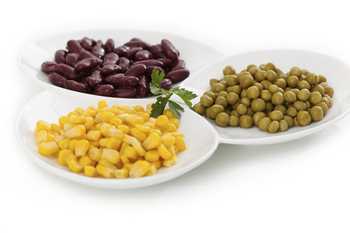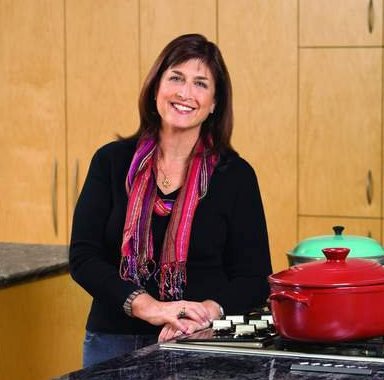
I renovated part of my house for Passover. No joke! I used to have an elongated room with an archway dividing the space into living room and dining room. That wasn't good. You see, I take to heart the command in the haggadah, "Let all who are hungry come and eat." So about three years ago I tore down the wall separating my living room and dining room to make room for the forty people who come every year to our seder.
We are, of course, far from alone in observing the drama of recalling the emergence of the Jewish people from bondage in Egypt. According to the 2000 National Jewish Population Survey, Passover is the most commonly observed Jewish holiday (among the respondents, more than 77 percent attended a seder). This finding comes as no surprise to me, because at the seder we achieve an immediate connection to our history and ancestors. Who can sit at a table inhaling the scent of bitter horseradish followed by the soothing aroma of chicken soup and not be immediately transported to a childhood seder memory?
Passover observance varies from community to community. Among the Sephardim, for example, foods called kitniot (the Hebrew word for small foods, from ketan, meaning small), which include beans, rice, peanuts, peas, chickpeas, sunflower seeds, sesame seeds, and mustard, are permissible; Ashkenazim, however, forbid their use during the holiday. The Talmud (Pesachim 114B) specifically allows kitniot, but at the beginning of the thirteenth century, rabbis in France began rethinking this practice. Many reasons for avoiding kitniot were postulated, including the difficulty of telling the difference between flour made from chickpeas and wheat flour (they suggested it would be easier to just avoid both), and the risk that rice, beans, and seed stored near the grains could be accidentally commingled. As a result, Ashkenazim have avoided kitniot for centuries, and over time the list of prohibited foods has continued to grow.
Whatever food customs you choose to follow, may you continue to pass down the stories of our fight for freedom and flight toward shalom, as well as the culinary heritage that binds us to the past and gives us direction for the future.


